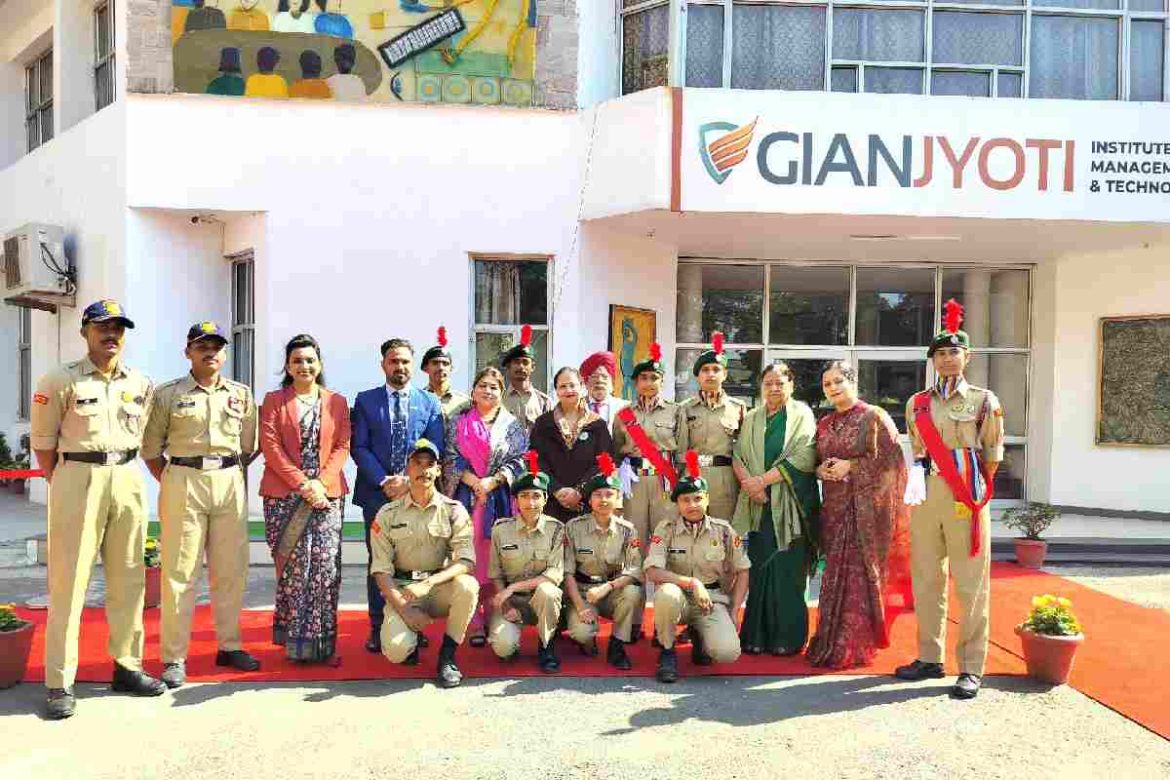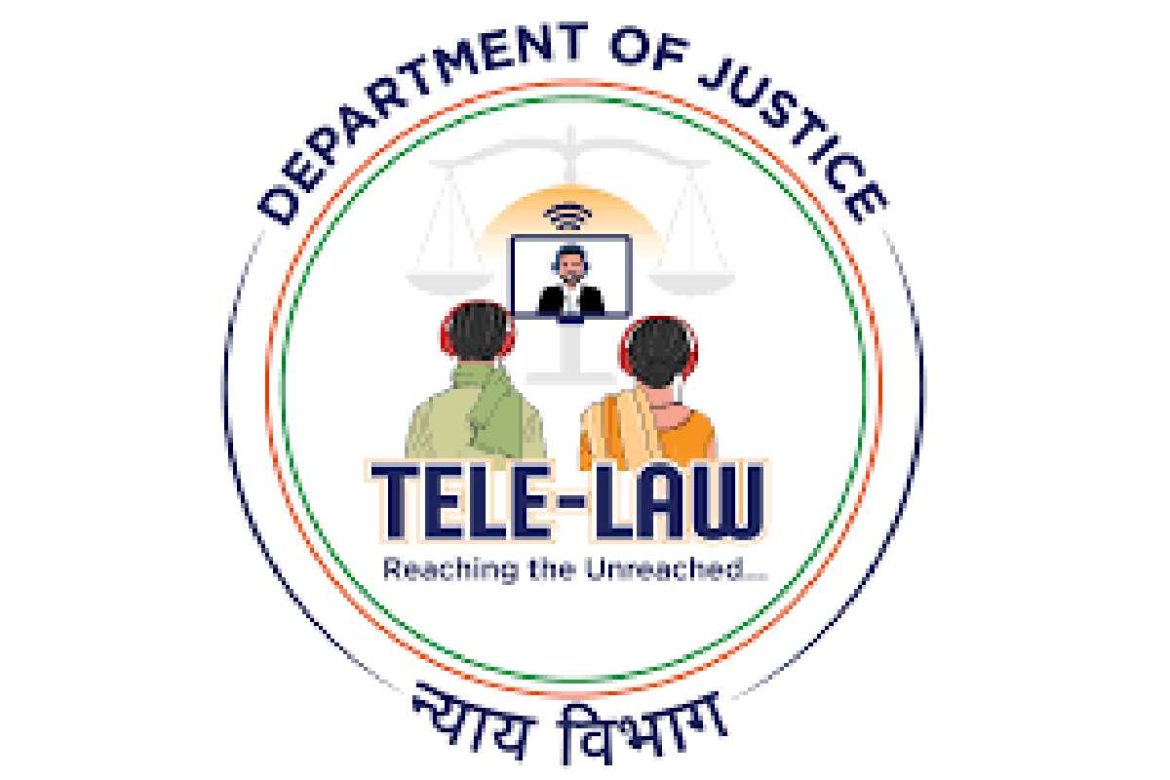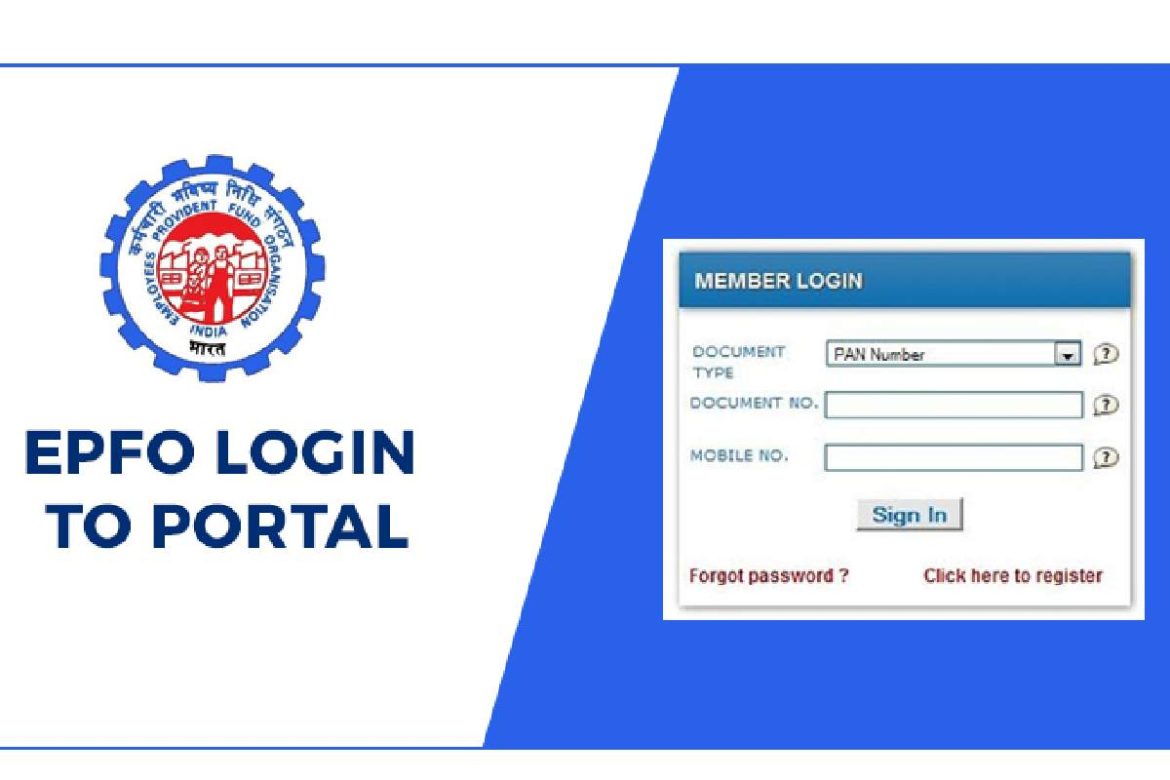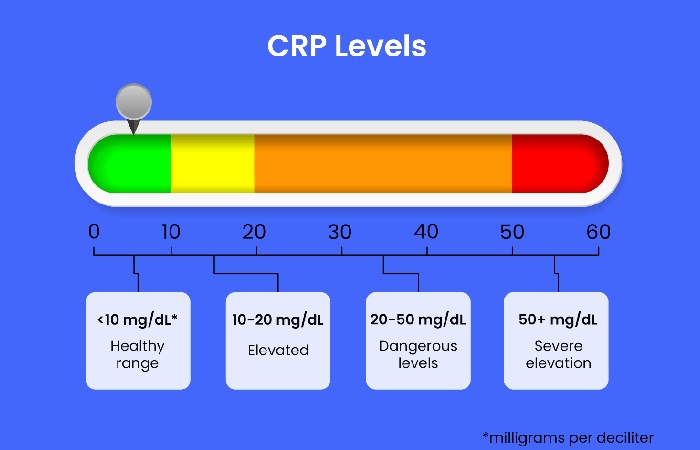Gyan Jyoti 2.0: Transformation of Digital Education in India Educational system is changing fast technologically, hence the need to implement programs that will focus on improving the online learning facility. A progressive project that tends to impact and change the ways students and teachers deal with academic resources in India is Gyan Jyoti 2.0, a young project with ambitious plans and incredible goals. It merges technology and convenience, intending to fill the educational gap and enable each student. As the government of India is interested more in Digital India and inclusive education, Gyan Jyoti 2.0 is the manifestation of the striving of this country to make a change and improve education by introducing digitalization. In this article, we are going to find out what Gyan Jyoti 2.0 is, its main functions, goal, influence on the students and teachers, and the ways in which it helps to provide the future of the education in India.
What is the Gyan Jyoti 2.0?
Gyan Jyoti 2.0 is the enhanced edition of the Gyan Jyoti digital learning system declared within the grander scheme of educational reform under the different education offices of the Indian states and potentially national-level patronage. This program is one of the aims to transform school education to the digital one and have an interactive, technology-enhanced, and student-friendly environment. This platform makes use of the cloud technology, AI-driven analytical tools, interactive content, and online surveillance software to ameliorate classroom teaching, foster openness with student data, and better the accountability of teachers. It combines learning management system (LMS), digital attendance, performance monitoring and access of learning materials, all in the same platform.
Key Objectives of Gyan Jyoti 2.0
Gyan Jyoti 2.0 is not just a software solution; it’s a holistic education transformation initiative with the following primary goals:
- Promote Digital Learning: To provide access to digital content, e-textbooks, videos, and interactive assessments for students across all grades.
- Strengthen Teacher-Student Engagement: To equip teachers with tools to deliver digital lessons and monitor student understanding effectively.
- Real-Time Monitoring: To enable school authorities to track attendance, teacher presence, student performance, and infrastructure availability in real-time.
- Inclusive Access: To ensure students in rural and remote regions get equal access to quality digital education.
- Transparency in School Operations: To bring digital accountability in areas such as mid-day meals, teacher deployment, and school infrastructure updates.
Key Features of Gyan Jyoti 2.0
Gyan Jyoti 2.0 has a feature-rich design aimed at both students and educators. Some of the most impactful features include:
- Student Academic Profiles
Each student has a unique profile linked with Aadhaar or unique ID, storing:
- Academic progress
- Attendance records
- Exam scores
- Extracurricular achievements
This helps in long-term tracking of a child’s academic journey.
- Teacher Dashboards
Teachers have access to:
- Daily lesson plans
- Digital attendance records
- Evaluation tools
- Student performance data
- Communication portals with parents and students
- e-Content and Digital Libraries
- Subject-wise e-books
- Interactive videos
- Live class recordings
- Mock tests and quizzes
- NCERT-based content available in multiple languages
- Mobile and Web Access
Gyan Jyoti 2.0 is accessible via:
- Android and iOS mobile apps
- Web browser on desktops and tablets
- Offline support for low-connectivity zones
- School Management System
A back-end portal helps school administrators manage:
- Student admissions
- Staff assignments
- Infrastructure status
- Government reporting and audit compliance
- Parental Engagement Tools
Parents receive SMS and app notifications about:
- Student attendance
- Exam results
- Homework and upcoming events
Implementation Across States
Gyan Jyoti 2.0 is currently being implemented in phases across various states such as:
- Jharkhand: The Jharkhand Education Project Council (JEPC) uses Gyan Jyoti 2.0 for tracking government school performance, online admissions, and teacher monitoring.
- Punjab: Under the Punjab Smart School initiative, Gyan Jyoti helps digitize classroom instruction and improve the learning experience.
- Assam, Chhattisgarh, and Odisha: Pilots are ongoing or under planning for expansion.
While the base functionality remains consistent, states have customized the interface based on local languages, syllabi, and administrative requirements.
Impact on Students
Gyan Jyoti 2.0 empowers students by:
- Giving them access to interactive learning material that goes beyond textbooks.
- Offering flexibility in learning, especially during school closures like the COVID-19 pandemic.
- Enabling self-assessment through digital quizzes and instant feedback.
- Personalizing education based on learning levels and individual performance.
Children who once struggled with rote learning now have access to visual and engaging content, making learning more relatable and fun.
Empowering Teachers
The platform is a game-changer for educators as well:
- Teachers get structured lesson plans that align with the curriculum.
- It reduces paperwork, allowing more focus on teaching.
- Real-time assessments help in identifying weak students quickly.
- Digital records help during transfers, appraisals, and government audits.
Moreover, teachers receive regular training modules and webinars via the platform, ensuring continuous professional development.
Supporting School Administration
School principals and district education officers benefit from:
- A unified dashboard for managing all schools under their jurisdiction.
- Real-time attendance, staff deployment, and performance analytics.
- Infrastructure data such as toilets, classrooms, drinking water, and power availability.
This has significantly improved decision-making and governance transparency.
Challenges and Limitations
Despite its many benefits, Gyan Jyoti 2.0 faces challenges such as:
- Internet Connectivity: In remote areas, poor internet hinders real-time access.
- Digital Literacy: Both students and teachers in rural areas often lack adequate training to fully utilize the platform.
- Device Availability: Many students still lack smartphones or tablets, creating a digital divide.
- Language Barriers: While multilingual support exists, more localization is needed.
The government and partnering NGOs are working to resolve these challenges through training programs, free device distribution, and infrastructure upgrades.
The Future of Gyan Jyoti 2.0
With the success of Gyan Jyoti 2.0, the future looks promising. Upcoming features may include:
- AI-driven learning analytics to tailor lessons based on student behavior.
- Integration with national platforms like Diksha, ePathshala, and PM e-Vidya.
- AR/VR-based classroom simulations for science and geography.
- Public-private partnerships for hardware donations and content development.
Ultimately, Gyan Jyoti 2.0 is poised to become a central pillar of India’s digital education ecosystem.
Conclusion
Gyan Jyoti 2.0 is a stride against great odds to the future wherein technology, reach and quality education goes hand in hand. The platform is revolutionizing government education in India as it becomes a possibility to have smart classrooms, enable students to learn on an individual basis and have the schooling management more transparent than ever. Since the country is aiming at implementing a Digital India and a NEP 2020 (National Education Policy), initiatives like Gyan Jyoti 2.0 will assist in ensuring that each child irrespective of the area they reside and the background in which they are born are equipped with the tool to learn, grow and excel in the XXI century.










